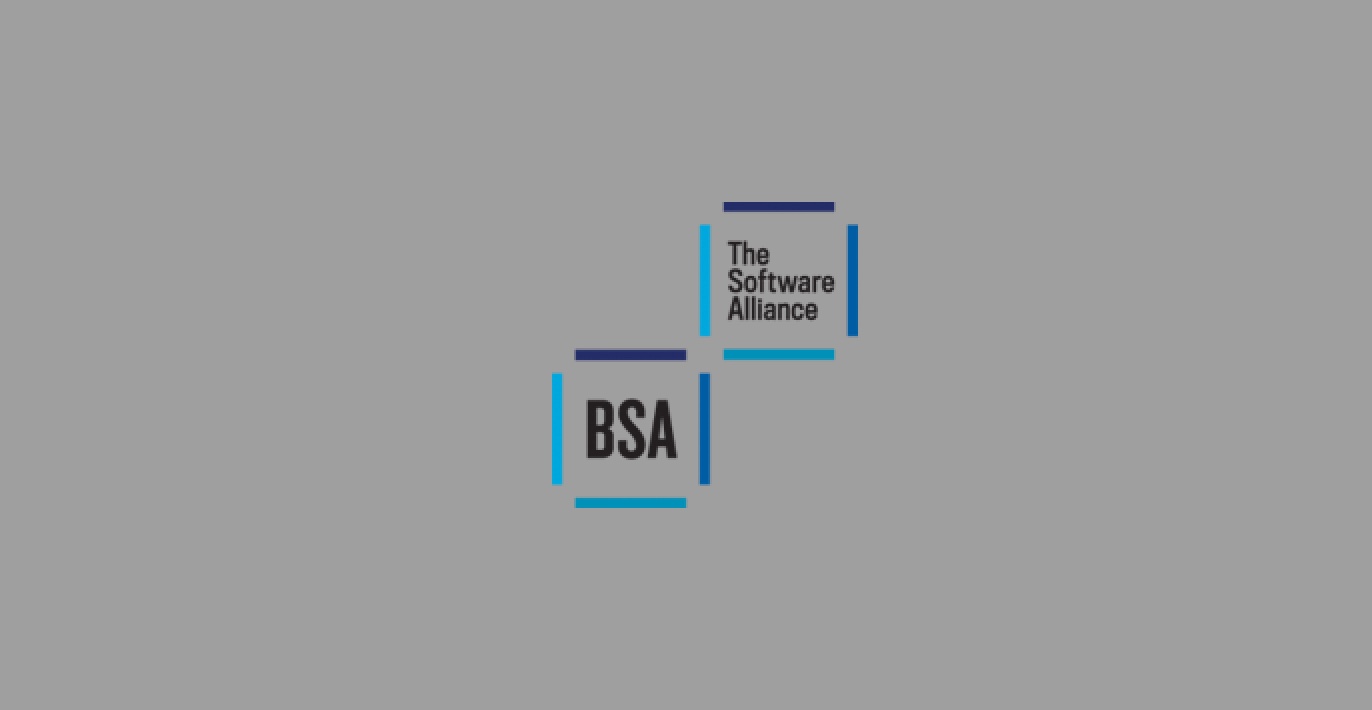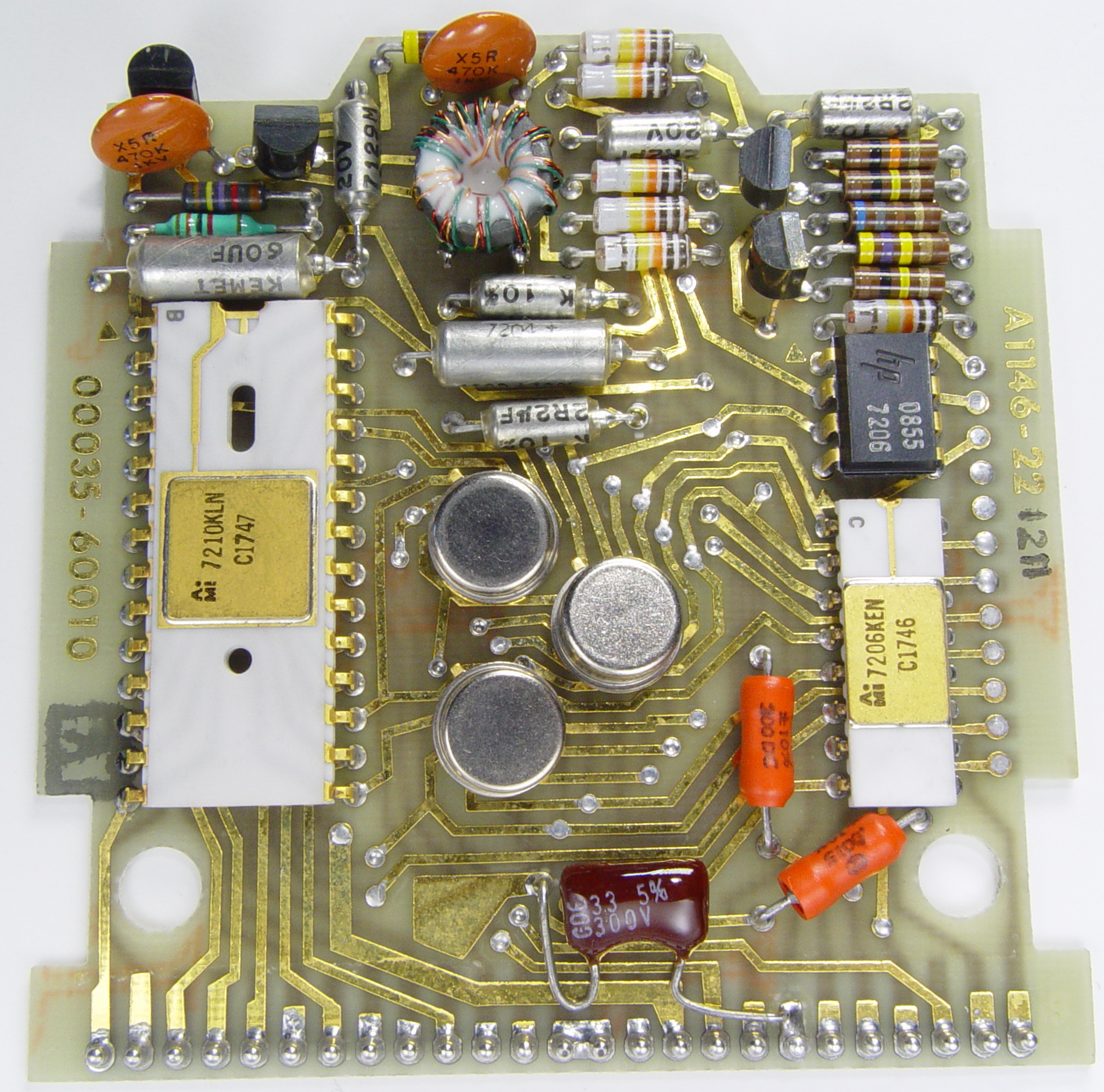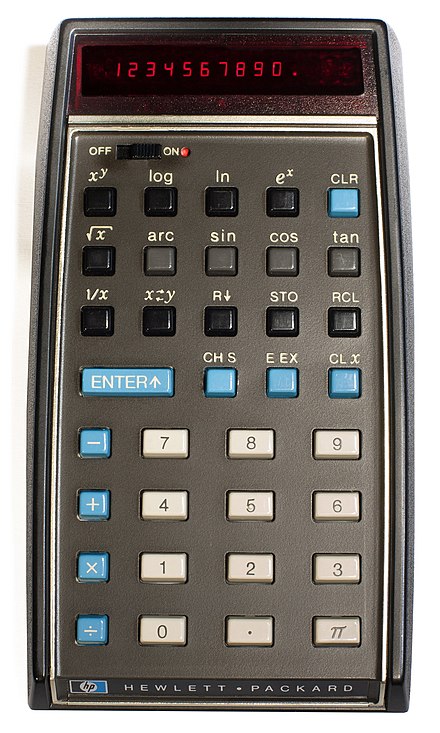After the holidays, we return again with our regular "historical" window. In his piece today, we remember the day Hewlett-Packard introduced its HP-35 – the first pocket scientific calculator. In addition, we will also go back to 2002, when a partial "amnesty" was announced for businesses that used illegal software.
It could be interest you

The first pocket scientific calculator (1972)
Hewlett-Packard introduced its first pocket scientific calculator on January 4, 1972. The aforementioned calculator had the model designation HP-35, and could boast, among other things, really excellent precision, in which it even surpassed a number of mainframe computers of the time. The name of the calculator simply reflected the fact that it was equipped with thirty-five buttons. The development of this calculator took about two years, approximately one million dollars was spent on it, and twenty experts collaborated on it. The HP-35 calculator was originally developed for internal use, but was eventually sold commercially. In 2007, Hewlett-Packard introduced a replica of this calculator - the HP-35s model.
Amnesty for "Pirates" (2002)
On January 4, 2002, the BSA (Business Software Alliance - an association of companies promoting the interests of the software industry) came up with a time-limited offer of an amnesty program for companies that used illegal copies of software of various types. Under this program, companies could undergo a software audit and start paying regular license fees for all applications used. Thanks to the audit and the initiation of payments, they were thus able to avoid the threat of fines for previous illegal use of the given software – the said fines in some cases could reach up to 150 US dollars. A BSA study found that one in four copies of software used in the United States is illegal, costing software developers $2,6 billion. Illegal distribution of software in companies usually consisted of copying copies to other company computers without the companies paying the relevant fees.




